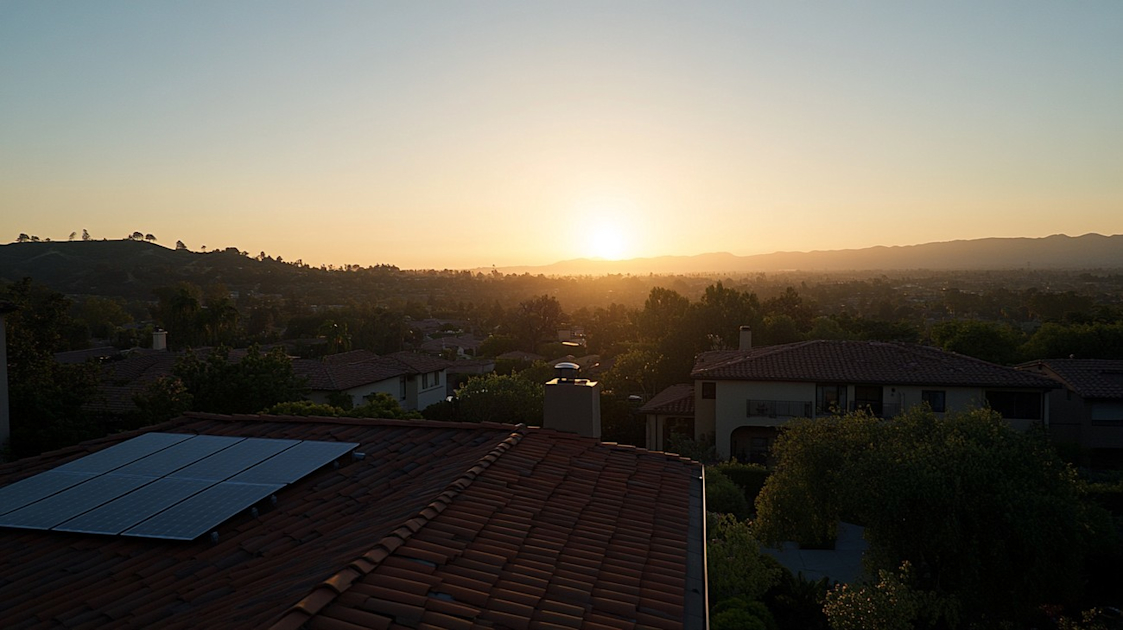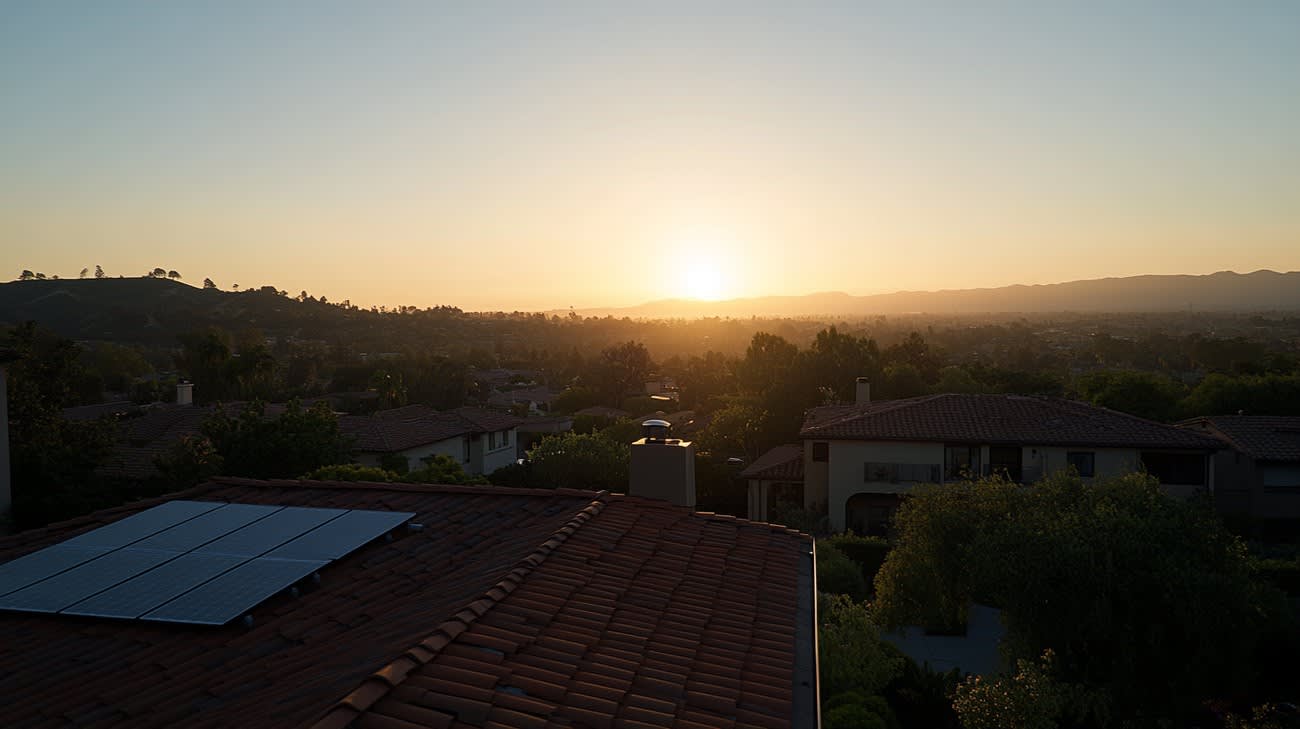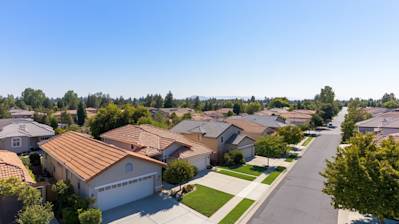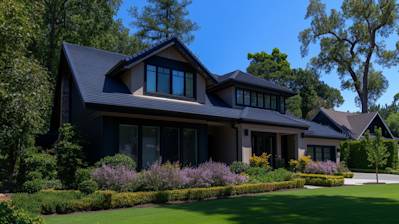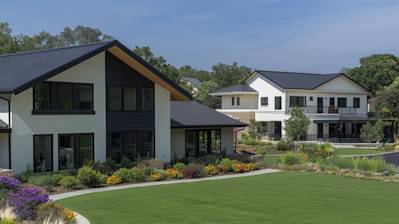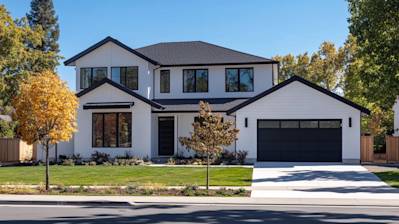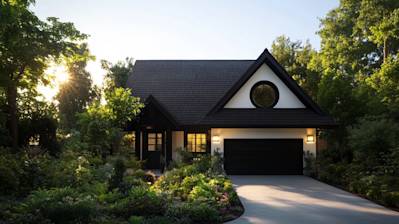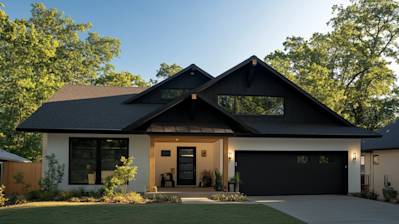Homeownership is a rewarding experience but also responsibility-filled. One significant part of that responsibility is understanding the ins and outs of your home, including the layers of your roof. A comprehensive knowledge of your roof's components can help prevent specific maintenance issues and ensure the longevity of your roof. This article will delve into the detailed structure of a roof and its various parts, layers, and their functions.
Understanding Roof Components: A Systematic Breakdown
Knowing the different layers of your roof will not only keep you informed but will also help you communicate effectively with professional roofing contractors should problems arise.
Here are the primary components of a roofing system:
- Roof Decking
- Underlayment
- Flashing
- Shingles
- Venting system
- Fascia and Soffit
Layer 1: Roof Decking
The decking constitutes the foundation of your roofing system.
What is Roof Decking?
Roof decking (also known as sheathing) is the layer that provides a base for the rest of your roof. Typically made from plywood or OSB (oriented strand board), the decking is attached directly to your home's rafters or trusses.
Layer 2: Underlayment
Protecting your decking is crucial, and that's where underlayment comes in.
What is Roof Underlayment?
Underlayment is a barrier material installed directly onto your roof deck. It serves as both a moisture barrier, preventing any water penetration, and a secondary shield for your home in case of shingle damage or loss.
The common types of underlayment include:
- Asphalt-saturated felt
- Rubberized asphalt
- Non-bitumen synthetic
Layer 3: Roof Flashing
Installing roof flashing is critical for preventing water leakage.
What is Roof Flashing?
Flashing is a thin material—usually galvanized steel or aluminum—that directs water away from critical areas of the roof. It's installed around intersections and protrusions, such as chimneys, dormers, and vents.
Layer 4: Shingles
Roof shingles form the outermost layer of the roof.
What are Roof Shingles?
Shingles are the visible, exterior surface of your roof. They protect your home from the elements. There are several materials used for shingles, including asphalt, wood, metal, slate, and tile.
Layer 5: Venting System
The venting system helps regulate temperature and moisture levels in the attic space.
What is a Roof Venting System?
A venting system allows the hot air to escape from your attic, helping cool your home. It also prevents the build-up of condensation, which can lead to mold and mildew.
Layer 6: Fascia and Soffit
The fascia and soffit work together to protect the edges of your roof and the underside of the roof overhang.
What are Fascia and Soffit?
Fascia is the vertical finishing edge at the end of the rafters, while soffit is the exposed surface beneath the overhanging section of the roof eave. They not only improve the appearance of your home but also protect it from weather damage.
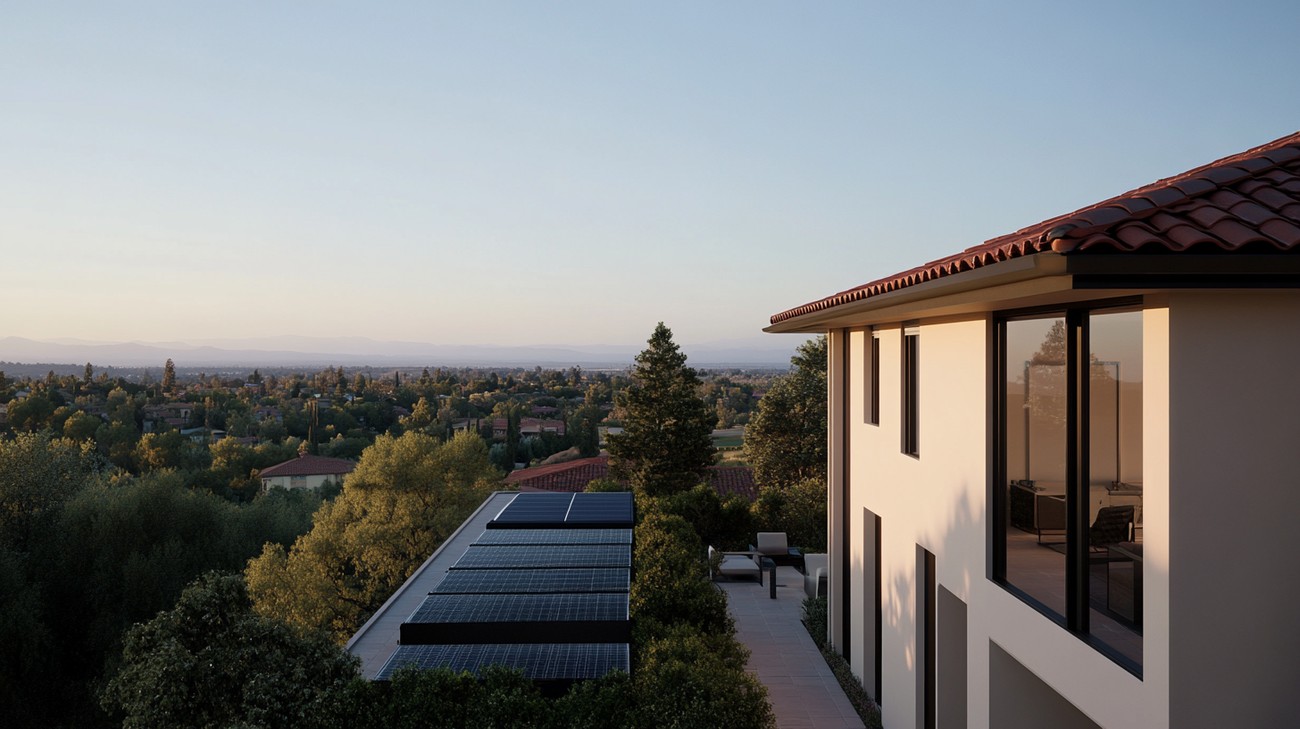
Frequently Asked Questions about Roof Layers
What are the different layers of a roof?
Typically, a roof may consist of five main layers. From top to bottom, these layers are roofing shingles or tiles, underlayment, roof deck, insulation, and finally, the ceiling. Each layer plays a specific role in ensuring the structural integrity and the level of comfort within your home.
How do I know when to replace particular roof layers?
When your roof starts showing signs of damage or wear and tear, such as leaks, damaged or missing shingles, it might be time to consider replacing specific roof layers. An inspection by a professional roofing contractor can help you assess the condition of your roof layers and decide when replacements are necessary.
What is the purpose of the underlayment layer in a roof?
The underlayment layer in a roof provides an extra level of protection between the roofing material and the roof deck. It assists in preventing water from seeping through the shingles and causing water damage to the structure of your home. This layer is also essential in keeping dirt, debris, and insects out of your home.
Do all roofs have the same number of layers?
No, the number of layers in a roof can vary based on the type of roof and local building codes. Some roofs may only have three layers, while others may have four or five. Additionally, some roofing systems may require additional layers for extra protection.
How does climate impact the layers of a roof?
Climate plays a significant role in the design and layering of a roof. In colder climates, roofs are often built with additional insulation layers to maintain warm interiors. On the other hand, in hot climates, the exterior roof layers are designed to reflect sunlight and keep the interiors cooler.
Can I add or replace roof layers myself?
While it may be tempting to save money by adding or replacing roof layers yourself, it is generally not recommended. Installing roof layers requires specific tools and techniques that can be dangerous without proper training and equipment. A professional roofing contractor is best equipped to handle these tasks safely and effectively.
What is the lifespan of each layer within a roof?
The lifespan of each roof layer can depend on various factors like the roofing materials used, the weather conditions experienced, and the maintenance performed. On average, roofing shingles can last between 15-30 years, while a properly installed and maintained underlayment can serve you for the lifespan of two sets of shingles.
How often should roof layers be inspected?
It's recommended to inspect your roof layers at least once a year. Regular inspections can help you spot any signs of damage or wear and tear early and ensure the long-term performance of your roof. They are best performed by a professional roofing contractor who can identify even minor issues quickly.

Pros of Roof Layers
Durability
One of the major benefits of multiple roof layers is the increased durability they provide. When you have more than one layer of roofing material, you increase the odds of the top layer protecting the bottom layer, which can help extend the overall life of your roof. This is especially true in environments that experience high levels of wear and tear, such as those with lots of rain, high winds, or significant temperature fluctuations.
Improved Insulation
Another significant benefit is the added insulation you get from having more than one layer of roofing material. This can improve the energy efficiency of your home, keeping it warmer in the winter and cooler in the summer. This not only reduces your carbon footprint, but it also allows you to spend less on heating and cooling costs every month.
Better Soundproofing
Having multiple layers on your roof can also provide better soundproofing. This can be particularly beneficial for people living in high-traffic areas or in close proximity to an airport, as it can significantly reduce the level of noise from the outside that's heard inside the home.
Added Protection from Leaks
Multiple layers of roofing can also provide extra protection against leaks. If water or moisture does manage to penetrate the first layer, the subsequent layers act as a secondary barrier, protecting the interior of the house.
Cons of Roof Layers
Increased Weight and Structural Stress
One downside to having multiple layers of roofing material is that it increases the weight of the roof significantly. Depending on the structural integrity of your home, this added weight could strain the supports and potentially lead to structural issues down the line.
More Difficult to Inspect
Having multiple roof layers can also make it more difficult to inspect the roof for damage. In a single layer roof, it's relatively easy to identify and assess any areas that may need repair. However, with multiple layers, problems can remain hidden until they've caused significant damage.
Higher Installation Costs
While multiple layers can increase the lifespan of a roof and offer better insulation, they also come with higher installation costs. Installing multiple layers of roofing material can be a complex and labor-intensive task, which translates to increased labor costs.
Potential for Trapped Moisture
Another potential downside is that having multiple layers can sometimes trap moisture between them, especially if the layers aren't installed correctly. This can lead to significant issues down the line, including rot and mold.
Complications in Removing and Replacing
Finally, if you ever need to replace your roof, having multiple layers can complicate the removal process. It's often more difficult and time-consuming to remove multiple layers compared to a single layer, which can add to the cost and duration of the project.

Myths and Misconceptions about Roof Layers
There's a lot of mystery surrounding roof layers – their purpose, how many you should have, and what factors to consider when it comes to adding or removing layers. It seems that everyone has a different theory about what's best. But how much of that is based on fact, and how much is just myth? Let's set the record straight on some common misconceptions about roof layers.
Myth 1: More Layers Mean Better Insulation
Reality:
The idea that adding more layers to your roof will increase your home's insulation is a common misconception. While roofing material can provide a small degree of insulation, the majority of your home's insulation comes from the insulation in your attic or between your walls. Additional layers might help marginally, but they're not a cost-effective way to improve your home's energy efficiency.
Myth 2: It’s Less Expensive to Install a New Layer Over the Old One
Reality:
On the surface, it might seem that installing a new layer of shingles over the old one would save money. After all, you're saving on labour and disposal costs. But the truth is, while you might save money in the short-term, you could end up paying more in the long-term. By layering shingles, it's possible to hide underlying issues, like rot or damage, which could lead to expensive repairs down the line.
Myth 3: You Can Have As Many Roof Layers as You Want
Reality:
I'm afraid that's not true. Building code restrictions often limit the number of permissible layers. In many regions, you can have only two layers of shingles. Any more than that, and you run the risk of putting too much weight on your home’s structure, which could lead to serious problems.
Myth 4: It's Okay to Mix Different Types of Shingles in Roof Layers
Reality:
While there's technically nothing stopping you from using different types of shingles in your roof layers, it's generally not a good idea. Different types of shingles have different weights, thicknesses, and performance characteristics. Mixing them can lead to an uneven surface, poor performance, and could even void your warranty.
Myth 5: The Underlayment Isn’t Important
Reality:
Some people believe that if you have a good, solid layer of shingles, the underlayment doesn't matter. This couldn't be further from the truth. The underlayment is an integral part of the roofing system. It provides a secondary weather barrier in case of shingle blow-off or water infiltration under the shingles.
Myth 6: Roof Layers Will Add Significant Weight
Reality:
While it is true that additional layers to your roof will add some weight, it's generally not enough to worry about, especially if you're abiding by local building code restrictions on the number of layers. The additional weight of one layer of shingles isn’t usually enough to stress the structure of a home built to standard building codes.
In conclusion, it's important to do your own research or consult with a professional when it comes to understanding roof layers. While some of these myths may have a kernel of truth, it's best to rely on the facts when making decisions about your roof's construction and maintenance.
Summary
So, now you know about roof layers, how key it is for weather protection, insulation, and added strength for your home. They may just look like sheets of material stacked on top of each other, but each layer serves a specific purpose. Neglect one area, and you might be paying a hefty price in future damages, leaks, or thermal inefficiencies.
Why are roof layers so important? Well, they're what stands between you and the harsh elements of the wild outdoors. Each layer is designed to work synergistically with others to provide your home with the ultimate shield. From the deck, underlayment, and surfacing material, to the drip edge and flashing, they all have a role to play in the game of home protection.
Don't ignore the importance of the different roof layers when you're next considering a property or need a roof repair. Without them functioning properly, you could have leaks during the rainy season, heat escaping during the winter, or the roof might not be strong enough to handle heavy snow or winds. Now that you understand the importance of each layer, you'll be better prepared to maintain your roof in tip-top shape.
About GVD Renovations & Remodeling
GVD Renovations & Remodeling is a trusted, Roseville, CA based home remodeling company committed to offering unparalleled renovation services. Our dexterous team thrives on turning your vision into reality through our exceptional craftsmanship, premium materials, and advanced techniques. Zooming from kitchen and bathroom remodels to siding installation, we cover a wide array of services, honing each project to be a true reflection of our client's distinct style. Rooted in Roseville, we take pride in adding a dash of charm and functionality to California homes, one project at a time. Find more about us and explore how we can redefine your living spaces.
Tags: Construction, Roofing, Building Materials,



